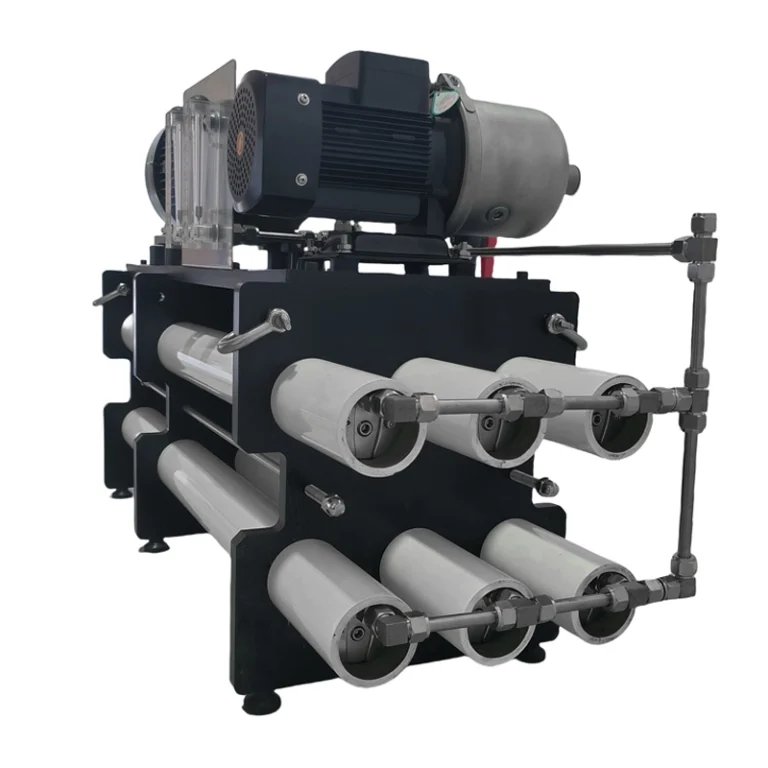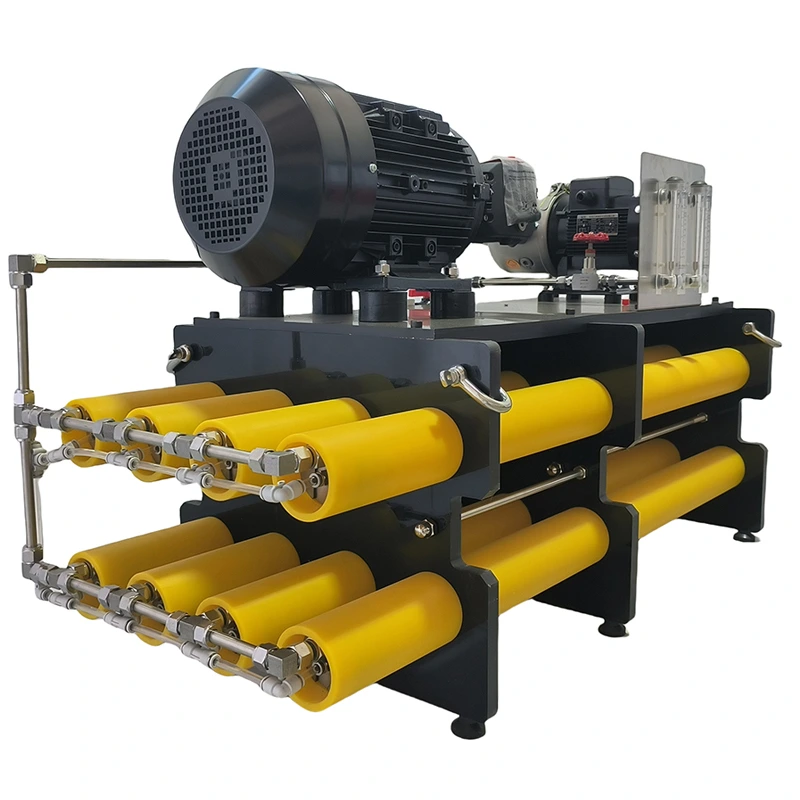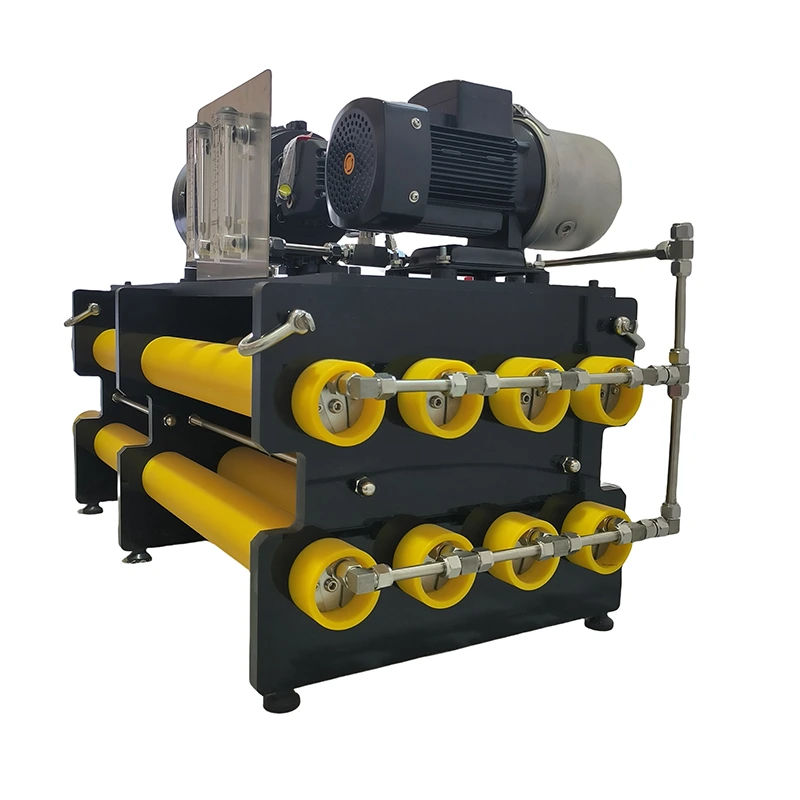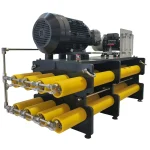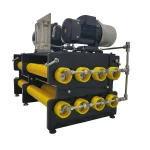BasideWT- Whole Home Water Filtration System & Replacement

BasideWT Best Marine RO 1000L WaterMakers Seawater Desalination System
PRODUCT PARAMETERS
- Product Name: Watermaker
- Productivity: 1000l/h Customized
- Type: Reverse Osmosis Filtration
- Usage:Seawater Desalination
- Function: Producing Fresh Water
- Applications: For Boat Drinking water use
- Technology: Seawater Desalination RO membrane
- Processing Type:Filtration, Desalination, Reverse Osmosis
- Brand: basideWT
- Warranty: 1 Year
- Packing: Standard Exportation Package
Ever wondered how ships get fresh water? The answer lies in advanced desalination technology. Introducing the BasideWT Marine RO 1000L WaterMakers Seawater Desalination System. This system turns seawater into clean, safe drinking water. It is perfect for marine use. Therefore, it ensures a steady supply of fresh water.
What is a Marine Reverse Osmosis Desalination Unit?
A marine reverse osmosis system is essential for sea vessels. It uses a high-pressure pump to push seawater through a semi-permeable membrane. This process removes salt, minerals, and other impurities. As a result, it produces fresh, potable water. Specifically, the BasideWT 1000L model is designed for medium to large boats. It is efficient and reliable. Moreover, it requires minimal maintenance.
How Does the Seawater Desalination Equipment Work?
The process starts with intake. Seawater is drawn into the system. Then, it undergoes pretreatment. This step filters out large particles. Next, the high-pressure pump pushes water through the RO membrane. Here, dissolved salts and impurities are removed. Finally, the water is disinfected and stored. Thus, it becomes ready for use. This method is both effective and energy-efficient.
Key Features of the Ocean Water Purification System
1000L WaterMakers many features. For example, it has a compact design. Therefore, it saves space. It also uses high-quality components. Hence, it ensures durability. Additionally, it features automatic operation. So, it requires little human intervention. Furthermore, it includes a monitoring system. This allows for real-time performance checks.
Advantages of Using a Boat Desalinator for Fresh Water Production
Why choose this system? First, it provides independence. Ships no longer need to rely on port water supplies. Second, it is cost-effective. It reduces the need for water storage and transportation. Third, it is environmentally friendly. It uses the abundant seawater resource. However, it does consume energy. But modern systems are designed to be energy efficient.
Reliability in Harsh Marine Environments
Marine conditions can be tough. Saltwater corrosion is a big challenge. But the BasideWT system is built to last. It uses corrosion-resistant materials. Therefore, it withstands harsh environments. Moreover, it has a robust design. So, it handles rough seas without issues. This reliability is crucial for safety.
Efficiency and Performance Metrics
This unit produces 1000 liters per hour. That is impressive. It operates with high efficiency. Specifically, it has a low energy consumption rate. Also, it maintains consistent performance. Even with varying seawater conditions. Thus, it ensures a steady water supply.
Applications of the Saltwater Conversion System in Various Marine Vessels
1000L WaterMakers. It suits many types of vessels. For instance, it is ideal for commercial ships. Such as cargo ships and tankers. It is also great for luxury yachts. And even for fishing boats. Wherever fresh water is needed, this system delivers.
Use on Commercial Shipping Vessels
Commercial ships need lots of fresh water. For crew consumption. For cooking and cleaning. Also for engine cooling. This system meets all these needs. Therefore, it is a valuable investment. It reduces operational costs. And improves onboard living conditions.
Luxury Yachts and Recreational Boats
Luxury yachts require high-quality water. For drinking. For showers. And for pools. This system provides crystal clear water. It enhances the luxury experience. So, owners and guests enjoy pure water. Without any worries.
Maintenance and Durability of the Vessel Water Desalination System
Maintenance is simple. The system has self-cleaning mechanisms. Thus, it reduces manual cleaning. However, regular checks are recommended. Filters need replacing periodically. Membranes last long but require occasional cleaning. Overall, maintenance is straightforward. And the system offers long service life.
Easy-to-Follow Maintenance Procedures
The manufacturer provides clear guidelines. For daily checks. For weekly cleaning. And for part replacements. Therefore, crew members can handle maintenance. Without needing experts. This simplicity saves time and money.
Built to Last with Quality Materials
1000L WaterMakers uses stainless steel and composites. These materials resist corrosion. They also handle high pressure. So, the system remains functional for years. This durability ensures a good return on investment.
FAQs
Choosing the perfect water treatment system depends on your specific water quality, household size, and needs. We make it easy with our 3-step process:
Water quality testing – analyze your water for contaminants, hardness, and other factors.
Personalized Consultation – Our experts recommend systems based on your results, budget, and water usage.
Customized Solution – From whole-house filtration to targeted solutions (e.g., RO for drinking water, softeners for hard water), we tailor the system to your home.
To determine your water flow rate in gallons per minute (GPM), follow these simple steps:
Prepare for Testing:
- Prepare for Testing:
- Ensure all water fixtures in your home are turned off
- Select the faucet closest to your main water supply line (usually the kitchen sink or an outdoor spigot)
- Conduct the Test:
- Fully open the selected faucet
- Time how many seconds it takes to fill a 1-gallon container
- Repeat the test 2-3 times for accuracy
- Calculate Your Flow Rate:
Use this formula: Flow Rate (GPM) = 60 ÷ Fill Time (seconds)Example Calculation:- If your 1-gallon container fills in 15 seconds
- 60 ÷ 15 = 4 GPM
For more precise measurements or whole-home flow rate analysis, contact our water system specialists. We can help you determine if your current flow rate meets the requirements for any water treatment systems you’re considering.

1. Check Multiple Fixtures
Test water pressure at different faucets, showers, and appliances (e.g., kitchen sink, bathroom sink, outdoor hose).
If only one fixture has low pressure, the problem is likely localized (clogged aerator, faulty valve, or pipe issue).
If all fixtures have low pressure, the issue is systemic (main supply, pressure regulator, or water heater).
2. Inspect the Aerator or Showerhead
Unscrew the faucet aerator or showerhead and check for mineral deposits, debris, or rust.
Soak it in vinegar overnight to dissolve buildup, then rinse and reattach.
3. Check the Main Shutoff Valve
Locate the main water shutoff valve (usually near the water meter or where the main line enters the house).
Ensure it’s fully open (turn clockwise to close, counterclockwise to open).
1. Activated Carbon Filters
- Removes:
✅ Chlorine & chloramines
✅ Bad tastes & odors (e.g., sulfur)
✅ Volatile Organic Compounds (VOCs)
✅ Some pesticides & herbicides
❌ Does not remove heavy metals, dissolved minerals, or microbes
2. Reverse Osmosis (RO) Systems
- Removes:
✅ Heavy metals (lead, arsenic, mercury, cadmium)
✅ Dissolved salts (fluoride, nitrates, sulfates)
✅ Microplastics & sediment
✅ Bacteria & viruses (if combined with UV)
✅ Chlorine & chemicals (with carbon pre-filter)
❌ May remove beneficial minerals (can be remineralized)
3. Water Softeners (Ion Exchange)
- Targets:
✅ Calcium & magnesium (hardness)
✅ Low levels of iron & manganese
❌ Does not remove bacteria, chlorine, or heavy metals
4. UV Purifiers
- Kills:
✅ Bacteria (E. coli, coliform)
✅ Viruses (rotavirus, hepatitis)
✅ Protozoa (Giardia, Cryptosporidium)
❌ Does not remove chemicals, metals, or sediment
5. Sediment Filters
- Removes:
✅ Sand, rust, dirt
✅ Large particles & silt
❌ Does not remove dissolved contaminants
6. Whole-House Filtration Systems
Combines multiple methods (carbon + sediment + UV) for broad protection.
- UV: Kills bacteria/viruses but doesn’t remove chemicals or particles.
- RO (Reverse Osmosis): Removes 95–99% of contaminants (heavy metals, dissolved salts) but requires electricity.
- Activated Carbon: Absorbs chlorine, odors, and organic compounds—ideal for pre-filtration.
REQUEST A QUOTE
RELATED PRODUCTS

1500L/H Seawater Desalination Equipment Boat Watermaker Salt Water to Drinking Water System

Mini Ro Water System 500lph Industrial Reverse Osmosis Water Filter System
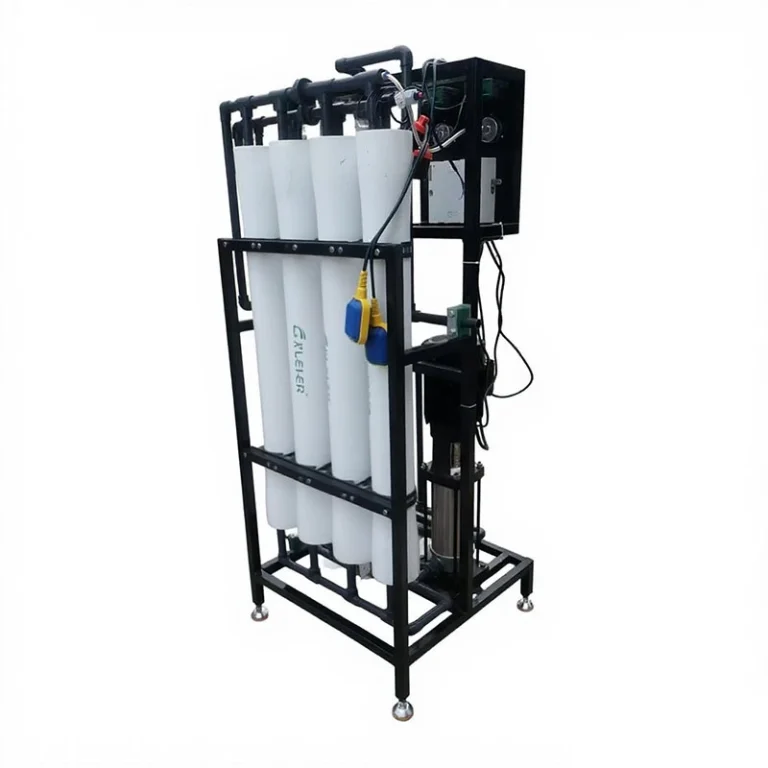
Industrial Commercial 1000L RO System Water Purifier Machine RO Water System Treatment Plant 1000 LPH With Pump PLC

Best 6 stage Under-sink RO Purifier UV Sterilization Home Reverse Osmosis Drinking Water Filter System
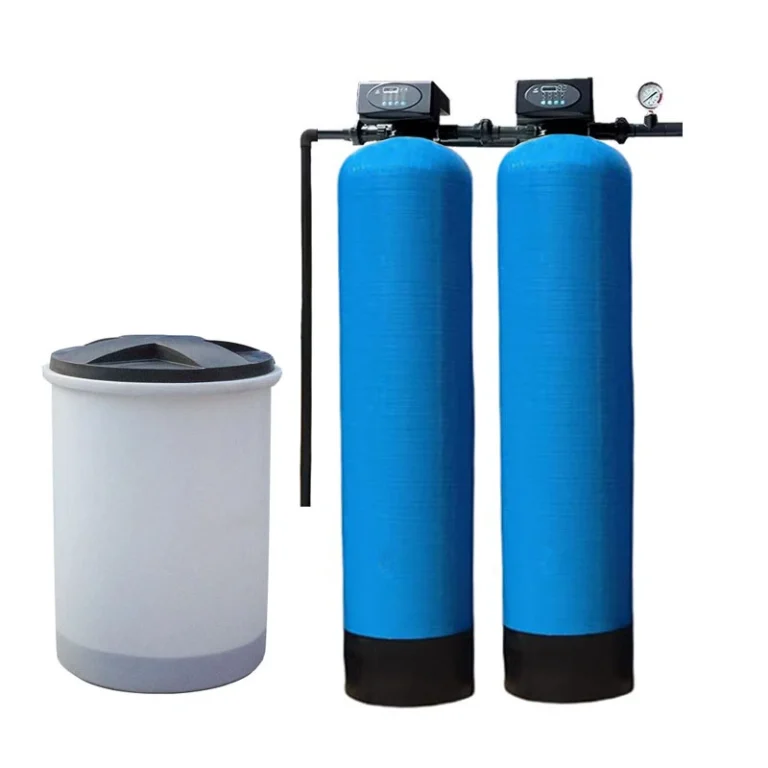
Best Automatic Water Softener system home for Hard Water Purification & Treatment Solutions
